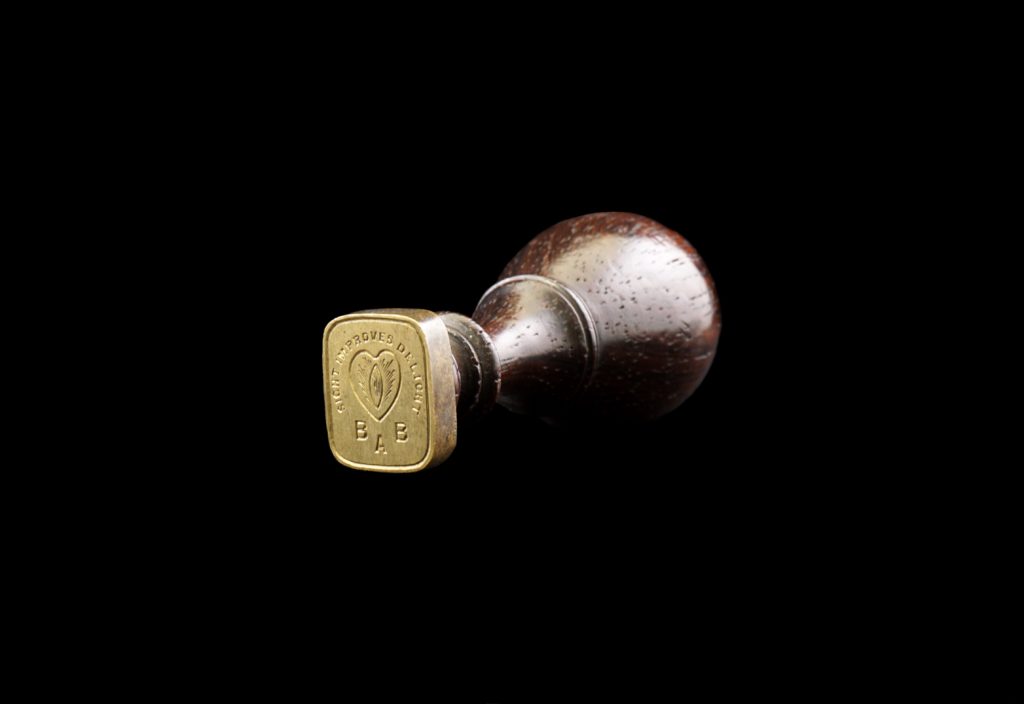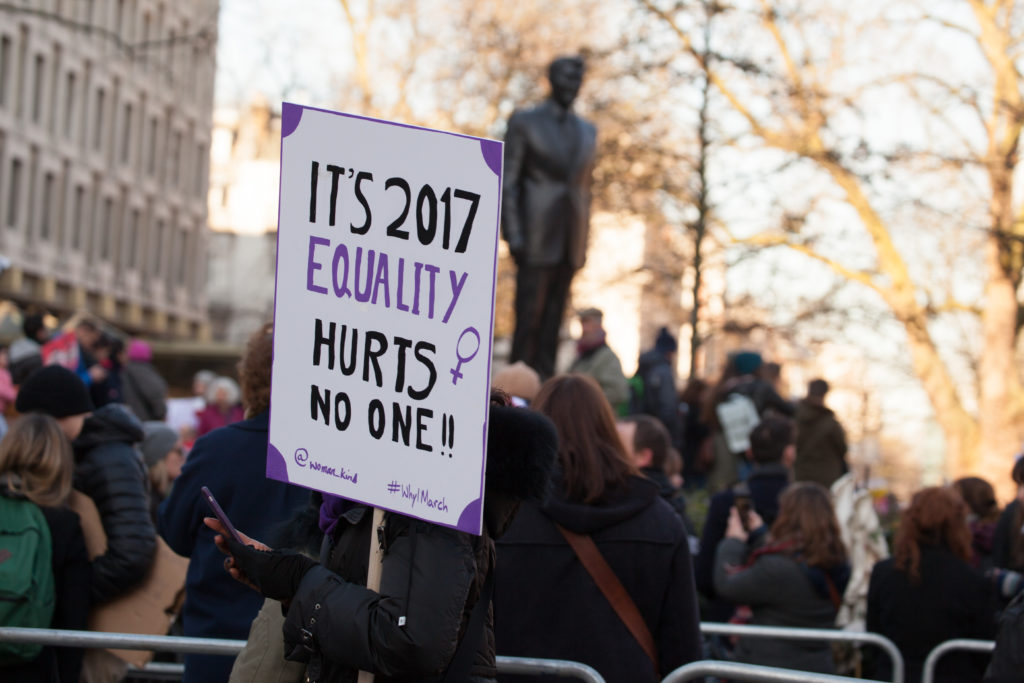(approx. 3.5 minute read)
Trigger Warning Disclaimers:
This blog post concerns sexually explicit content which potentially includes historical non-consensual sexual activity and images. Please proceed with caution. Resources can be found in the Resources tab of this microsite for anyone who is affected by these issues.
Language used in these blogs refers to cis, heteronormative gender identities owing to the historical context of the Beggar’s Benison Club. Today, we are aware of and acknowledge a wider spectrum of gender identities.
From 1732 to 1836, Anstruther in the East Neuk of Fife was home to the Beggar’s Benison Club. The secret all-male club was devoted to the idea of male sexual liberation. Members created symbolic sexual imagery and may have practised sexual rituals. Members also had interests in subversive politics and illegal smuggling.
For women, the Club existed at a time when they could neither vote nor work in a range of industries, and they did not even have legal guardianship over their own children. In terms of sex, they were not supposed to derive any pleasure from sex. Indeed, it was a common belief in 1700s Britain that a female’s main purpose should purely be to satisfy male sexual needs and bear children. Women had little control over their own bodies. This is especially exemplified by the activities in which members of the Beggar’s Benison participated.
The Club would fantasize about women through the reading of pornographic texts such as ‘Memoirs of a Woman of Pleasure’ and ‘A New Description of Merryland’ (see our ‘Trip to Merryland: Fantasising About Sex’ blog to learn more about this!) Some of the objects used in their meetings featured imagery of vulvas. However, the most disturbing of the Club’s activities was that young girls were paid to come to private club meetings and exhibit their naked bodies to members.

Seal Matrix, 1731-1836, Courtesy of the University of St Andrews Libraries and Museums, ID: TEA-HC1068, © The University of St Andrews, CC BY-NC 4.0, https://collections.st-andrews.ac.uk/item/seal-matrix/762417
It is important to note that while many sources refer to these models as women, they were in fact young girls. Their ages ranged from 15 to 19 years old, in contrast to the members whose ages ranged from 30 to 50 years old.1 Unfortunately, we have scarce other details about who these girls were. Certainly, it is clear from the Club records that their identities did not matter to the Club. At private meetings, they would be stripped naked with their face’s half covered and would be made to pose for the members.2
While there were no consequences for the men who participated in these meetings, even when the Club would become more an open secret than a secret, this was often not the case for the girls involved. Their half-covered faces did little to conceal their identity, and this could have repercussions outside of the Club meetings. Indeed, there is one recorded story where a bride on her wedding day was openly mocked and ridiculed for her previous hiring by the Club.3 Meanwhile, members were referred to as ‘gentlemen’ and there are no accounts of them facing any kind of consequences.
It also must be stressed that there was likely little consent involved in how the girls were exhibited as part of these meetings. Members of the Club were mostly upper middle-class men from the East Neuk of Fife with influence within the local community, whilst the girls exhibited held much lower social status. This difference in status between the members and the girls in tandem with gender expectations at the time, was unlikely to be conducive to an equitable power dynamic.
The Beggar’s Benison was not the first sex club in Scotland; there was another before it, although short lived. This club was the Knights of the Horn, established in Edinburgh in 1705. Very little detail survives about this Club. However, we do know that in contrast to the Beggar’s Benison, the Knights of the Horn reportedly held “mixed” meetings – in other words they allowed both men and women to participate.4 It is interesting to note that unlike the Beggar’s Benison, this Club was openly mocked and became the subject of hostile satire, in a way the Benison, to our knowledge, never was, even when the Club became an open secret within the local community. There is no clear evidence why the two were treated so differently. But given that the Knights of the Horn was founded in a similar time period to the Beggar’s Benison, it is more likely that this was due to the participation of women, thus evoking more vocal disapproval for the activities and conduct of the Club.

Equality Hurts No One, © Caroline Gunston, CC BY-NC 2.0, https://www.flickr.com/photos/151312084@N02/32147533110
The Beggar’s Benison brings up issues that are still vitally important to discuss today. Women still do not have the same power or freedoms regarding sex, and they don’t always have control when it comes to their own bodies. Activist groups continue to educate people about the idea of consent and its importance. The male gaze is still a significant factor influencing depictions of a woman’s body in the media. But this is changing. Women and marginalised groups are beginning to take control. They are deciding how and when their bodies can be depicted. Female sexuality is starting to be recognised for being empowering, when consent is freely given. We hope our exhibition Sex as Subversion, Fantasy and Power: The Beggar’s Benison Club can further amplify these issues through its exploration and display of the Collection of this all-male sex club.
Written by Nicola Law, student in MLitt. Museum and Galleries Studies at the University of St Andrews
[1] Stevenson, Chapter Two
[2] Stevenson, Chapter Two
[3] Stevenson, Chapter Two
[4] Stevenson, Chapter Four
- Baker-Benfield., G.J, The Culture of Sensibility: Sex and Society in Eighteenth Century Britain, 1992
- Dabhoiwala, Faramerz, The Origins of Sex: A History of the First Sexual Revolution, 2012
- Stevenson, David, The Beggar’s Benison Club: Sex Clubs of Enlightened Scotland and their Rituals, 2001